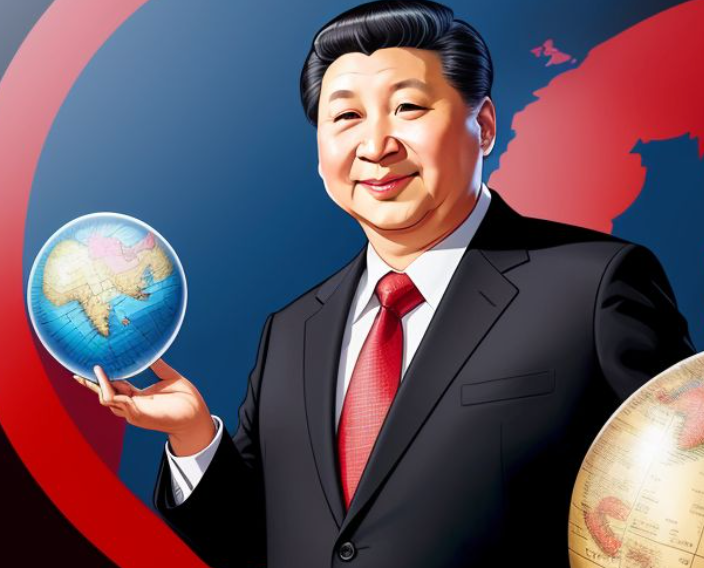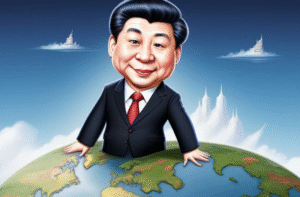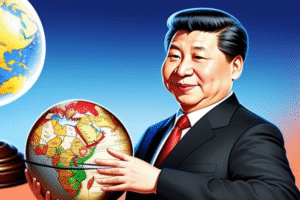$FXI $ASHR #ChinaEconomy #Manufacturing #GlobalTrade #EconomicIndicator #PurchasingManagersIndex #PMI #EconomicSlowdown #MarketTrends #FinancialNews
Is China’s Manufacturing Slump Signaling a Global Slowdown? What You Need to Know
In the latest update on China’s economic health, the official manufacturing Purchasing Managers’ Index (PMI) for July recorded a figure of 49.3. This data point fell short of market expectations, which had anticipated a slightly less contractionary figure of 49.7. This news is essential for stakeholders keeping a close eye on economic trends, as it marks the fourth consecutive month of contraction within the nation’s manufacturing sector.
Understanding the PMI and Its Implications
The Purchasing Managers’ Index is a critical economic indicator that assesses the health of the manufacturing sector. A PMI below 50 indicates contraction, while a figure above 50 signals expansion. July’s PMI of 49.3 not only underscores a contracting manufacturing landscape in China but also suggests potential ripple effects on the global economy, particularly in countries and sectors closely tied to Chinese manufacturing outputs.
The Broader Impact on Global Markets
This downturn in China’s manufacturing sector could have several implications for global markets. Firstly, it may lead to a decrease in demand for raw materials, which China typically imports in large quantities to fuel its manufacturing. This shift could affect countries that export these materials, potentially leading to softer commodity prices. Secondly, international businesses that rely on Chinese manufacturing might need to reassess their supply chain strategies, possibly looking towards other Asian markets for stability.
Exploring the Links with Trade and Investment
Furthermore, China’s manufacturing performance is a bellwether for broader economic activity, including trade and foreign investment. A prolonged downturn might deter investment in key sectors and could lead to more conservative trade practices both within and outside of Asia. Investors and business leaders should monitor these trends, as shifts in China’s manufacturing landscape can significantly influence global market dynamics.
What This Means for Investors and Policymakers
For investors, the persistent contraction in China’s manufacturing sector signals a need for cautious portfolio adjustment, particularly for those heavily invested in commodities or international trade. Policymakers, on the other hand, may need to consider interventions to stabilize economic growth and restore confidence among business leaders and investors alike.
Looking Ahead: Scenarios and Strategies
As we look forward, the key question remains: will China’s manufacturing sector rebound in the coming months, or is the current slump indicative of a more prolonged downturn? Stakeholders should prepare for multiple scenarios, ranging from a swift recovery spurred by governmental stimulus to a sustained period of subdued activity. Strategic adjustments, such as diversifying supply chains or investing in more resilient markets, could mitigate potential risks associated with a protracted slowdown.
Conclusion
The latest PMI data from China serves as a crucial indicator not only of the country’s economic health but also of potential trends in the global economy. As such, it is essential for stakeholders to stay informed and agile, ready to adapt to the rapidly evolving economic landscape. For more insights into this topic, explore the implications of stock movements linked to global manufacturing trends by visiting the financial news on stocks.
In conclusion, while China’s news points towards a contracting manufacturing sector, the global implications suggest a complex interplay of economic activities that require careful analysis and proactive strategy formulation.











Comments are closed.